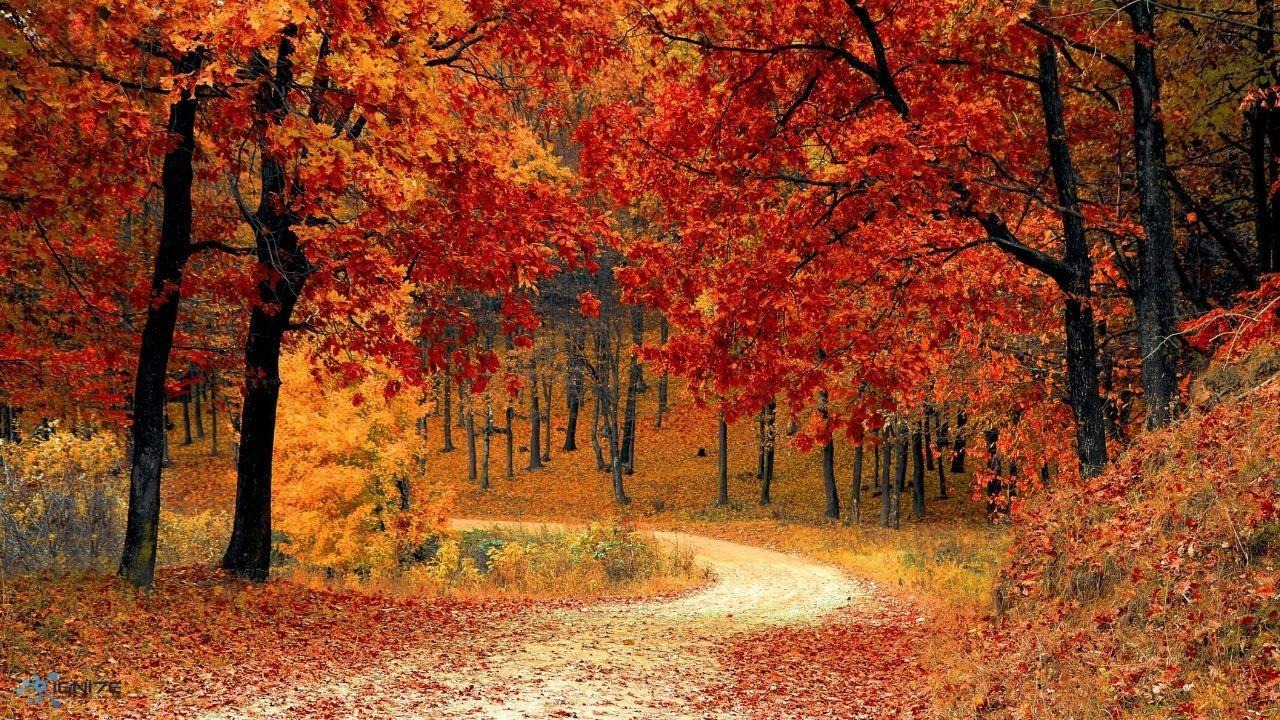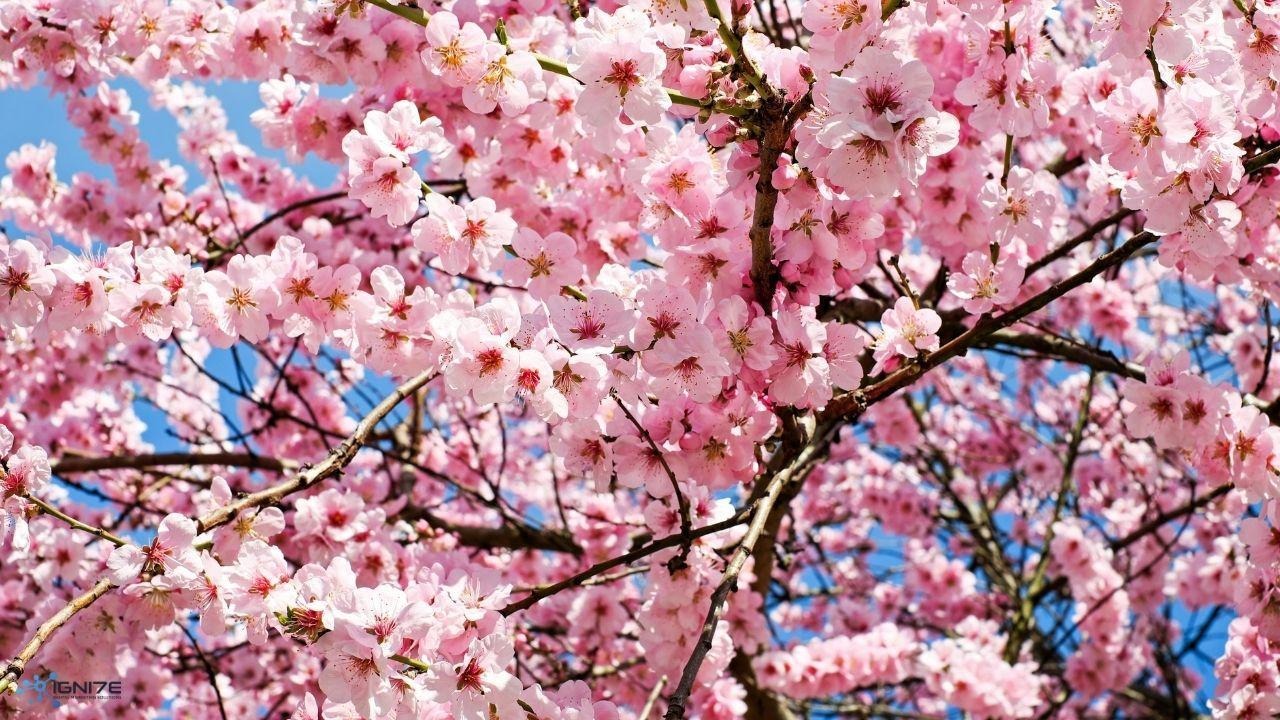Best Seasons to Travel to Japan

Japan is a country renowned for the distinct beauty of its four seasons, each offering a unique experience. From the crisp air of autumn to the warmth of summer, the shifting weather and seasonal events play a significant role in shaping the travel experience, making the timing of your visit a key consideration.
A survey conducted by Tokyo Creative revealed that nearly 50% of respondents expressed a preference for autumn as the ideal season to visit Japan. However, data from the Japan National Tourism Organization (JNTO) paints a different picture, showing that July and April saw the highest number of visitors in 2019, prior to the COVID-19 pandemic. This discrepancy suggests that while certain seasons may hold broad appeal, peak tourist traffic doesn’t always align with the seasons that people are most drawn to.
In this article, we will delve into the distinct characteristics and attractions of each season—exploring climate conditions, natural beauty, and key events—offering insights to help you choose the best time to experience Japan’s vibrant seasonal offerings.
Best Seasons to Visit Japan
- Autumn
- Spring
- Winter
- Summer
1. Autumn (September - November)

Autumn is one of the most sought-after seasons for travel to Japan, often regarded as the perfect time to experience the country’s natural beauty and cultural richness. As the intense heat of summer fades and the humidity recedes, Japan's autumn air becomes crisp and invigorating. Daytime temperatures hover around 20°C (68°F), while evenings turn cooler, making a light jacket a welcome addition. With stable weather and minimal rainfall, autumn is an ideal season for sightseeing and outdoor activities.
Japan’s autumn is renowned for its stunning foliage, with hidden gems beyond the well-known spots. For those looking to escape the crowds, destinations such as the Oze National Park, the scenic Kuju mountain range, and the rural beauty of Hida Takayama offer equally breathtaking autumn landscapes.
In Oze National Park, visitors can enjoy a tranquil escape with its expansive wetlands and vibrant leaves reflected in crystal-clear ponds. The majestic mountains of the Aso-Kuju National Park in Kyushu, located in the southern part of Japan, showcase beautiful scenery adorned in rich reds and gold, providing peaceful, panoramic views that contrast beautifully with the crisp autumn air. Hida Takayama, a traditional town nestled in the Japanese Alps, combines picturesque old streets and surrounding mountains, where the foliage adds a magical touch to its historic charm.
Beyond its natural beauty, autumn is a season of rich culinary delights in Japan. It is a time of harvest, with seasonal ingredients like new rice, mushrooms, chestnuts, and sweet potatoes gracing tables across the country. Delicacies such as sanma (mackerel pike) and matsutake mushrooms are abundant, allowing travelers to savor the changing flavors of the season. Food festivals held throughout the country offer an opportunity to sample regional specialties, providing a deeper connection to Japan’s culture through its cuisine.
Below are some reasons tourists favor traveling to Japan in autumn:
- "Seeing the foliage and trying seasonal foods." (Ireland, Male, 25-34 years old)
- "The weather is not too hot or too cold, and it's less crowded than other seasons. It was also recommended on Tokyo Creative's account." (UK, Male, 18-24 years old)
- "It's less crowded than spring, and the weather is nice." (Serbia, Female, 35-44 years old)
Around 30% of respondents who selected autumn as their preferred time to visit Japan (48 votes) had never traveled to Japan before but discovered the season’s allure through platforms like YouTube. This suggests that autumn’s appeal extends beyond its natural beauty, offering travelers a comfortable climate, rich culinary experiences, and a wealth of cultural events—making it a perfect time for exploration.
Whether you’re visiting famous sites for autumn leaves, indulging in seasonal delicacies, or attending regional festivals, autumn in Japan offers an abundance of experiences that capture the essence of the season.
2. Spring (March - May)

Spring in Japan is a season cherished by travelers around the world, largely due to the breathtaking beauty of its cherry blossoms. Hanami, or cherry blossom viewing, is a time-honored tradition that invites people to gather under the blooming sakura trees to appreciate their delicate, fleeting beauty. The blossoms typically last for only about a week, creating a sense of urgency that draws visitors from across the globe. The spring weather adds to the appeal, with daytime temperatures ranging from 10°C to 20°C (50°F to 68°F), offering the perfect conditions for strolls or relaxing picnics in parks, while the cooler evenings provide a refreshing contrast.
Beyond the blossoms, spring in Japan is also a celebration of food. This season brings an abundance of fresh, seasonal ingredients such as bamboo shoots, rapeseed blossoms, and butterbur sprouts, which are featured in dishes that highlight the delicate, natural flavors of the time. Additionally, sakura-themed treats—ranging from sweets to savory offerings—are popular during this time, allowing visitors to experience the essence of spring not only through sight but also through taste. The combination of mild weather, vibrant blossoms, and seasonal cuisine makes spring in Japan a truly immersive and unforgettable experience.
3. Winter (December - February)

Winter in Japan is a season of breathtaking beauty, particularly in regions like Hokkaido and Tohoku, where snow transforms the landscape into a winter wonderland. The snow-covered scenery is nothing short of magical, offering a serene, almost otherworldly atmosphere. Visitors can experience this enchanting winter landscape through popular activities such as skiing and snowboarding. Renowned ski resorts like Niseko, Sapporo, and Zao are celebrated not only for their exceptional snow quality but also for their world-class facilities, drawing enthusiasts from around the globe.
Beyond outdoor activities, winter in Japan is a season rich in cultural festivities. During the Christmas season, many cities are illuminated with stunning light displays, casting a warm glow on the cold winter nights. Tokyo’s Omotesando and Marunouchi, as well as Kobe’s famous Luminarie, are adorned with intricate and dazzling lights that captivate both locals and visitors alike, creating a festive, romantic atmosphere.
New Year’s celebrations are also a major highlight. The Japanese tradition of Hatsumode, the first shrine visit of the year, offers an opportunity to experience the country's deep cultural heritage as people flock to shrines and temples to pray for health and prosperity. Special foods, such as osechi ryori (traditional New Year's dishes) and ozoni (a soup with rice cakes), are prepared to mark the occasion, while families gather to celebrate the arrival of the new year. These events provide a unique opportunity to immerse oneself in Japan’s rich winter culture and traditions, making it a truly unforgettable time to visit.
4. Summer (June - August)

Summer in Japan ranks fourth among the best seasons to visit due to the challenging combination of intense heat and high humidity, which can make travel uncomfortable for some. From July to August, temperatures can soar above 40°C (104°F), with humidity levels reaching stifling heights, creating an oppressive atmosphere. Additionally, summer coincides with typhoon season, which can lead to unpredictable weather and occasional disruptions to travel plans.
Despite these weather challenges, summer in Japan holds numerous attractions. It’s the ideal time to experience the country’s stunning beaches and vibrant marine activities. The crystal-clear waters and sunny skies make it perfect for swimming, surfing, and diving, particularly along Japan’s coastal regions.
The warm temperatures also set the stage for some of Japan’s most celebrated festivals and fireworks displays. Iconic events such as the Sumida River Fireworks Festival in Tokyo, the Tenjin Festival in Osaka, and Kyoto's Gion Festival draw large crowds every year, offering visitors a chance to immerse themselves in the energy and tradition of Japanese culture. These festivals provide a unique window into the heart of Japan’s summer spirit. For those prepared to embrace the heat, summer offers an unforgettable opportunity to experience Japan’s vibrant nature and matsuri culture.
Conclusion
In this guide, we have explored the distinctive characteristics and highlights of each season in Japan, each offering a unique opportunity to experience the country’s breathtaking natural beauty and rich cultural heritage. Whether you are drawn to the vibrant blossoms of spring, the stunning foliage of autumn, the serene snow-covered landscapes of winter, or the lively festivals of summer, Japan offers the promise of unforgettable experiences year-round.
We hope this guide serves as a helpful resource in planning your visit, ensuring you make the most of the season you choose to explore. Tailor your travel plans to the season and immerse yourself in Japan’s wonders.























